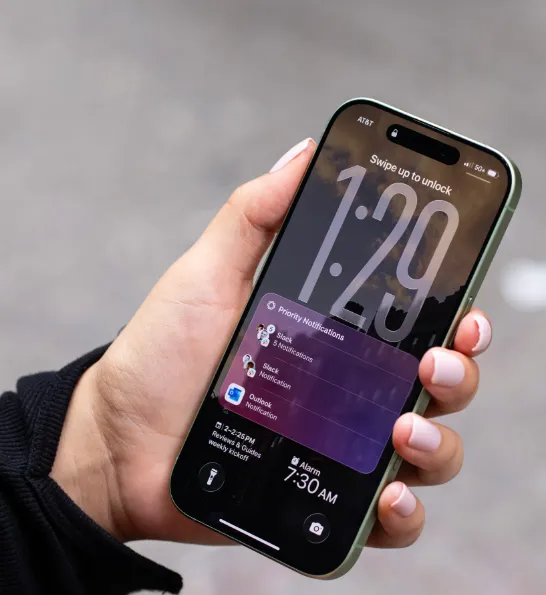Speculation around Apple’s iPhone 17 Slim has reignited conversations about the company’s long-standing pursuit of thinner devices. While Apple has not confirmed specifics, early reports suggest this model will showcase an ultra-slim profile—potentially at the expense of practicality.
Design Trade-Offs
Shrinking the iPhone’s frame could limit room for larger batteries, raising concerns about shorter battery life. Apple has faced similar criticism in the past with smaller models like the iPhone 13 mini, which sacrificed endurance for compactness. The Slim’s slimmer shell may also make heat management more difficult, especially with powerful new processors inside.
In addition, rumors point to a slightly smaller display compared to other iPhone 17 models. Some analysts believe this device may even cost more despite its reduced size, sparking debate over whether the trade-off is worth it.
What Users Really Want
Surveys consistently show battery life ranks high on users’ priority lists. While faster charging via USB-C or wireless methods offers convenience, neither solves the underlying issue of capacity. Many critics argue that Apple’s fixation on slimness overlooks what consumers value most: longevity and dependability.
A Question of Audience
The iPhone 17 Slim raises an important question—who is it for? Niche devices such as the iPhone Mini and Plus have historically struggled to gain traction. Without clear advantages beyond its thin design, the Slim risks appealing only to a limited audience.
Balancing Style and Function
Commentators suggest Apple could strike a better balance by making devices slightly thicker to accommodate stronger batteries without compromising on performance or user experience. As Apple prepares its 2025 lineup, the iPhone 17 Slim remains one of its most divisive concepts.
Whether it becomes a bold success or joins the ranks of Apple’s less popular experiments will depend on whether thinness can outweigh the practical needs of everyday users.
